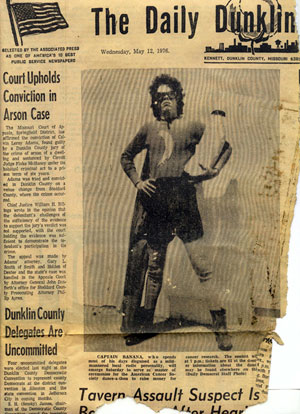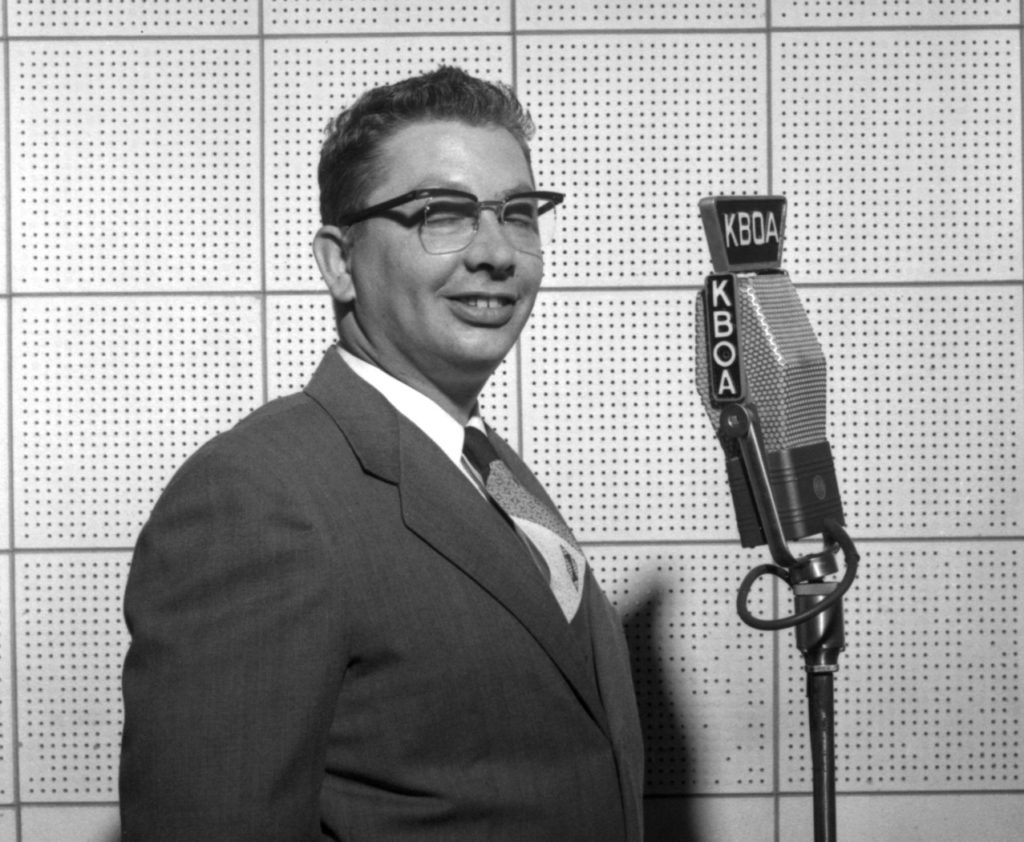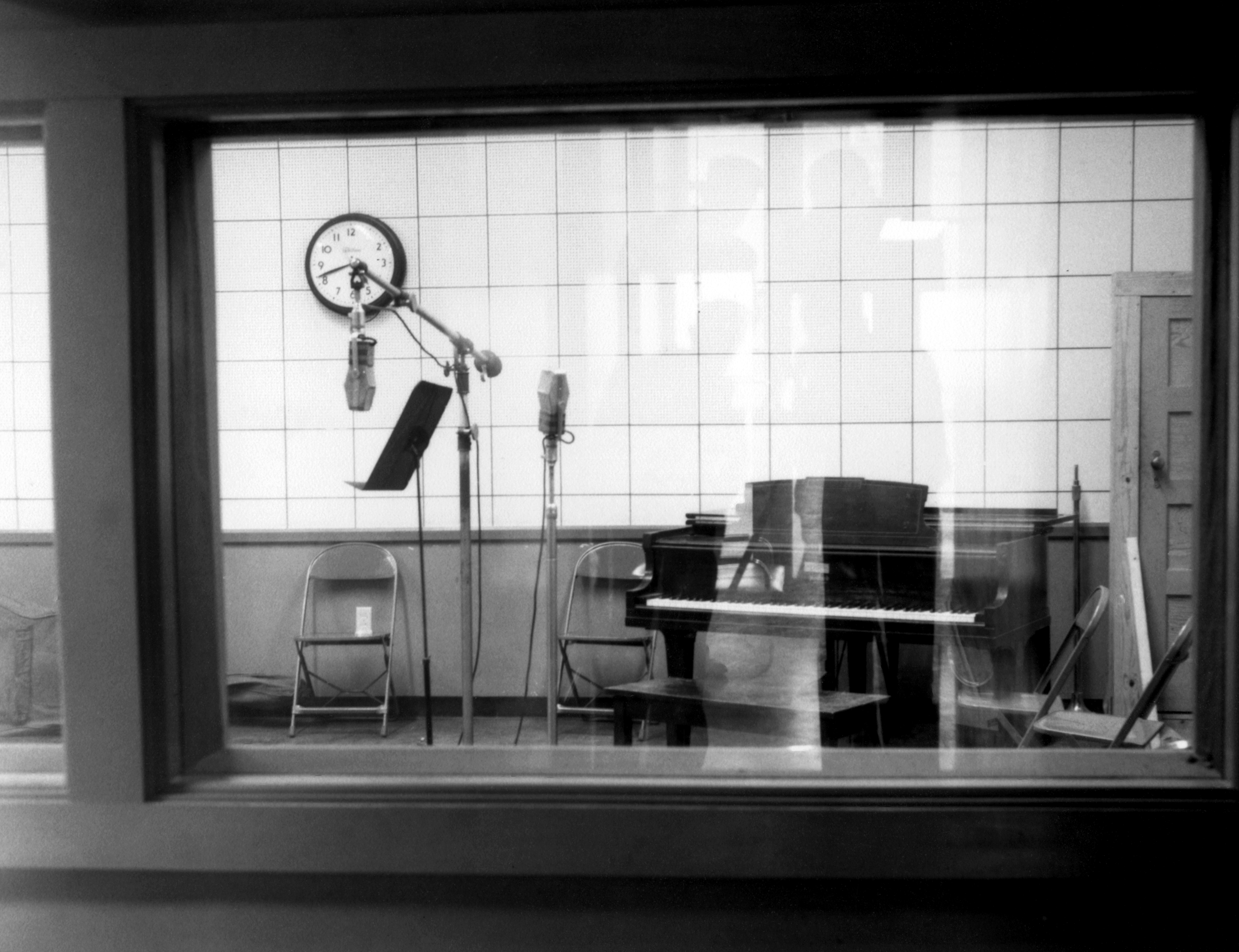I recently received an email from Ben Brogdon, a long-time radio guy (KLCN, Blytheville, AR) who stumbled across one of my websites:
“I Googled my old hometown radio station, KLCN, Blytheville, AR, and found a link to your Early Days At KBOA site. I sat and read every word of it, looked at every picture, and finally went to bed at 6am.”
Ben is a musician at Dollywood and played in a jazz band in college with Wendell Crow (Sheryl’s daddy). We bounced emails back and forth for a few days before he brought up “the Senath Light.” This is (was) a well-known paranormal phenomenon (that I never witnessed).
“Actually, I never saw the light. Oh, we’d drive up from Jonesboro when I was living there playing in bands, working at radio stations, and attending class on occasion, and we’d sit patiently, not making a sound, those who smoked wanting a cigarette REALLY bad, and wait, but it never came out while I was there.
Others told me they had seen it, though. One of my jazz mates at school, Hollie Farris, a trumpet player who has the distinction of being the only white musician James Brown has ever had, and who QUIT a gig with Steve Winwood to go back with JB after he got out of prison, DID stand under that tree in the middle of the road and supposedly got KNOCKED CLEAN OUT COLD by the light hitting him in the head, which most assuredly changed his life and his thinking process from that moment on.
I also worked with a piano player from Caruthersville who could talk to spirits, and was told that he had actually TALKED to the light, which surprised me, since we all knew if you made a sound, it would disappear. BUT, having him sit in my house and tell me it was inhabited by spirits, which I had suspected, and then say once when we were watching a storm that it would kill 35 people, and it DID kill 34, I somehow believe he may have talked to the light.”
Why do I blog? So I can “meet” people that played with Holly Farris, the only white musician to play with James Brown.

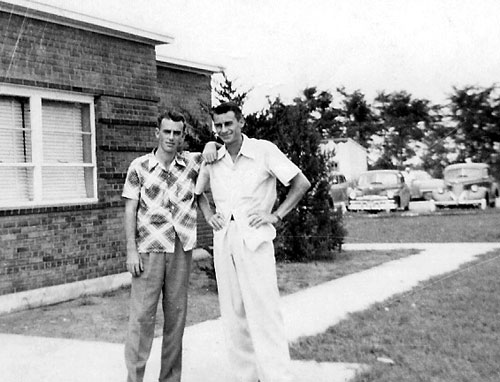
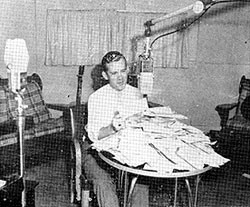 When KBOA went on the air (July 19, 1947), one of their first –and most popular– programs was “Ole Camp Meetin’ Time.” It was the creation of Ray Van (Hooser), the station’s first program director. The program featured hymns and gospel music but was far more than a “record show.” And it was immediately and immensly popular.
When KBOA went on the air (July 19, 1947), one of their first –and most popular– programs was “Ole Camp Meetin’ Time.” It was the creation of Ray Van (Hooser), the station’s first program director. The program featured hymns and gospel music but was far more than a “record show.” And it was immediately and immensly popular.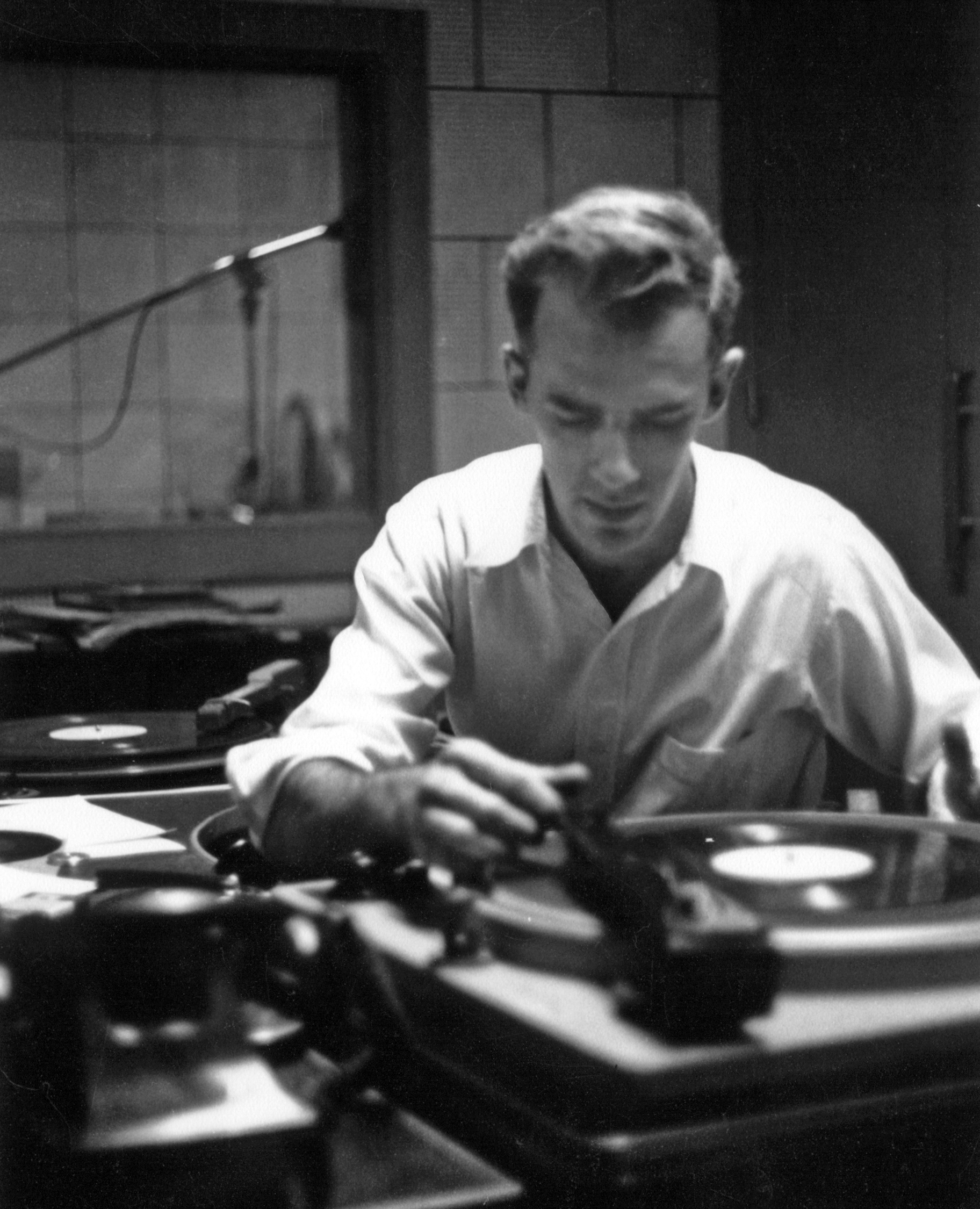
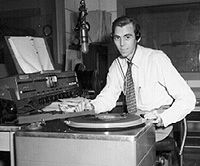 John Reeder (known on-air as Johnny Mack Reeder) passed away in Mt. Ida, Arkansas on October 10, 2006, at the age of 82. John was living in a nursing home at the time of his death. He’ll be buried in Blytheville, Arkansas. John helped put KBOA on the air in 1947. He and my father worked together until John left Kennett (in the
John Reeder (known on-air as Johnny Mack Reeder) passed away in Mt. Ida, Arkansas on October 10, 2006, at the age of 82. John was living in a nursing home at the time of his death. He’ll be buried in Blytheville, Arkansas. John helped put KBOA on the air in 1947. He and my father worked together until John left Kennett (in the 